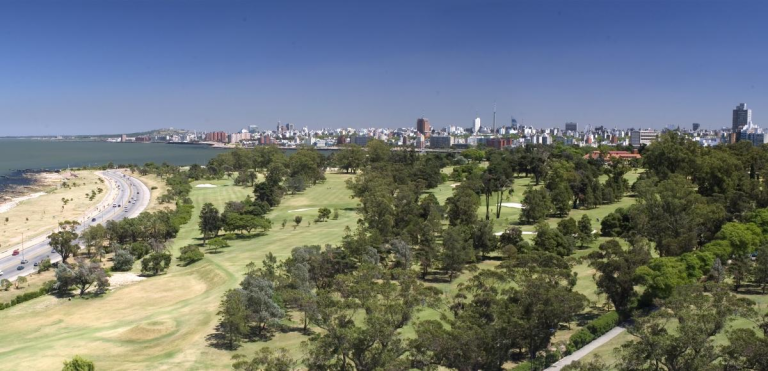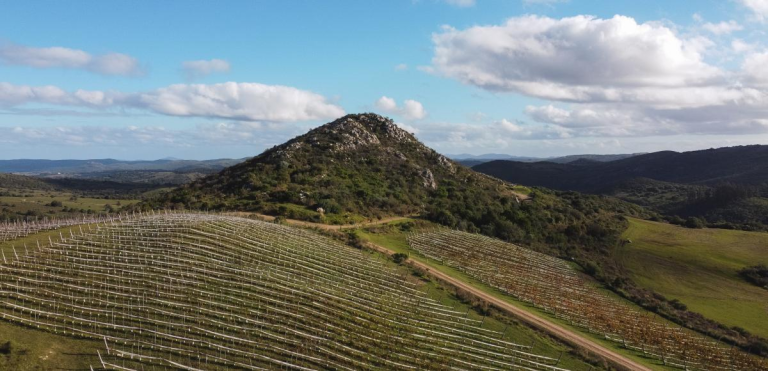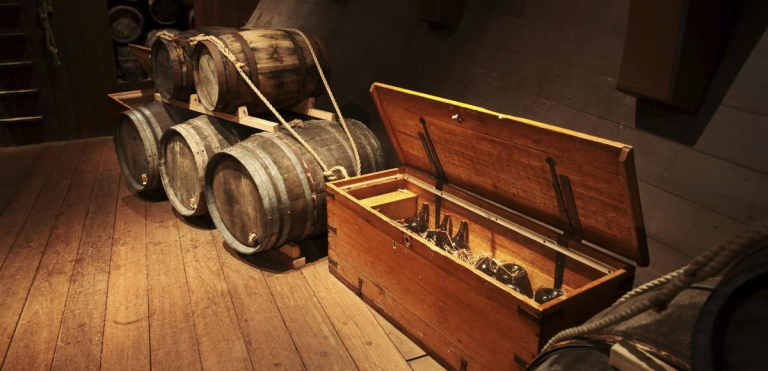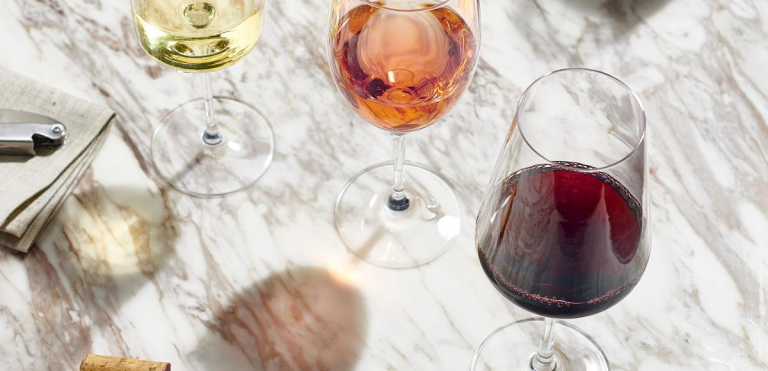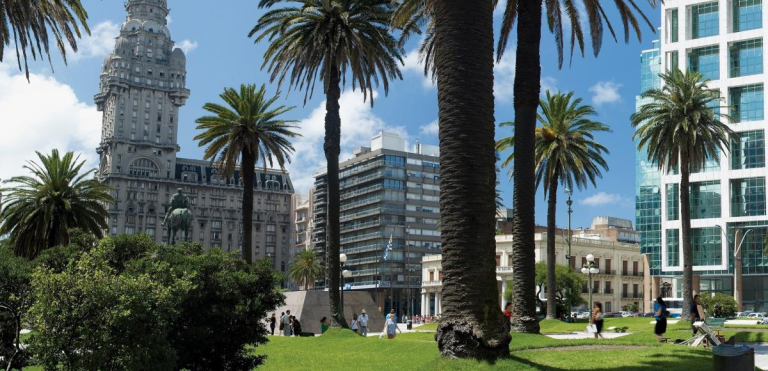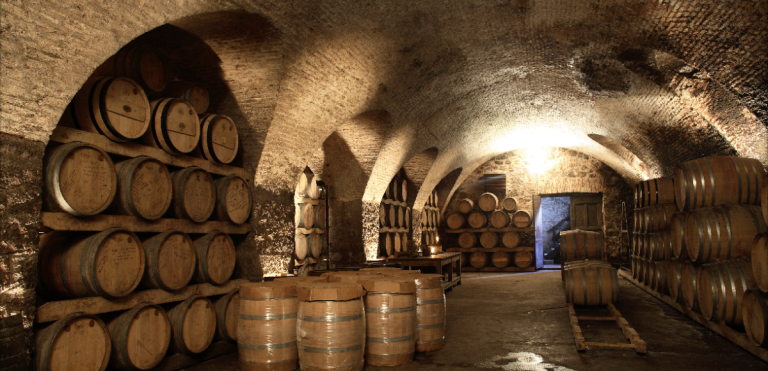Uruguay: among vineyards and the scent of Tannat
Arriving at the port of Montevideo, you immediately begin to sense the unique character of Uruguay, with its blend of history, culture, and landscapes waiting to be explored.
The city combines history and modernity: Ciudad Vieja, with its historic buildings, and the Rambla along the ocean offer a first taste of its distinctive atmosphere. For those with only a few hours to spare, one of the most rewarding experiences is a food and wine tour in the hills surrounding the capital, providing the chance to discover local wines, sample traditional products, and experience up close the country’s culture and traditions.
Montevideo panoramic
Just outside the port, Montevideo opens up into a surprising dimension: elegant and lively, yet also simple and green. In less than half an hour by road, the city gives way to golden fields and gentle hills where vineyards flourish, producing one of the country’s most celebrated treasures: Tannat wine, the pride of Uruguayan winemaking. The journey itself is already part of the experience. As the bus or minivan leaves the city traffic behind, the landscape transforms: rows of trees, farms, grazing horses, and old country houses tell the story of a rural and authentic Uruguay, little known but extraordinarily welcoming. It is a land where the pace slows, and every bend reveals a new shade of green, with scents of freshly cut grass or rain mingling with the aroma of must and earth.
Here, among these sweet and fragrant lands, some of the country’s most charming wineries are born, ready to welcome travelers with tastings, guided tours, and memorable lunches. Just twenty-five minutes from the port lies Bodega Bouza, one of the most beloved stops for cruise guests choosing a gourmet excursion. Founded by a family of Galician origins, the winery blends modern technology with rustic charm in a meticulously maintained setting. The moment you step into the inner courtyard, among roses and pergolas, a sense of peace and authenticity fills the air. Oak barrels rest silently in the underground cellars, while the scent of wine and wood accompanies the visit like a gentle caress.
Uruguay
During the tour, an expert guide reveals the secrets of Tannat production, the grape variety that Uruguay has adopted as a national symbol. Originally from France, this wine has found its fullest expression in the country’s temperate climate and clay-rich soils: full-bodied yet harmonious, intense yet refined. The tasting becomes a small ritual: four glasses, four sensory experiences. The Tannat Reserva, with its deep color and notes of blackberry and chocolate; the Merlot, softer and velvety; the Albariño, a fresh, mineral white, perfect with local fish; and finally the house blend, a tribute to balance and passion. In the winery’s restaurant, a tasting menu of local specialties completes the experience: crispy empanadas, grilled cuts of meat, artisanal cheeses, and dulce de leche desserts. All is served with elegance, amid panoramic windows overlooking the vineyards, where the light at sunset becomes pure poetry.
Tannat wine is not just a drink; it is a living part of the Uruguayan soul. Every glass tells a story of family, land, and resilience. It accompanies celebrations, gatherings, and Sunday asados. Its reputation grows year after year, with international awards, exports worldwide, and a community of proud and innovative producers. Visiting a winery in Uruguay means connecting with this deep-rooted culture, where time is measured by the cycles of the vine and conviviality is a sacred value. Many wineries, such as Pizzorno Family Estates or Juanicó, offer unique experiences: vineyard tours, tasting lessons, lunches among the barrels, and even picnics between the rows. Some combine wine and art, others focus on organic farming and sustainability. All, however, share a common element: the pride of showing visitors the most authentic face of Uruguay
Wine_uruguay
Wine
The food and wine experience in Uruguay is also a way to discover the philosophy of its people: simple, sincere, and welcoming. Imagine a lunch among the vineyards, with the sun warming the glasses and the aroma of grilled meat mingling with the scent of must. The table is set outdoors, white tablecloths fluttering lightly in the breeze. A guitarist accompanies the meal with melodies of tango and milonga. The experience begins with small appetizers: local olives, aged cheeses, and smoked cured meats. Then comes the asado, the undisputed king of the Uruguayan table, featuring ribs, sausages, and entrecôte slowly cooked on the parrilla, the traditional wood-fired grill. Every bite is a journey of flavor, a perfect balance between simplicity and character. Wine flows generously, smiles multiply, and even those who have just disembarked from a cruise feel part of something authentic.
The food and wine tour can begin or end with a brief visit to the capital, Montevideo, which is worth exploring even for just a few hours. The port is just steps from the historic center, Ciudad Vieja, a neighborhood with colonial charm where neoclassical buildings, design shops, art galleries, and bohemian cafés alternate. Not far away, the Mercado del Puerto is a temple of local gastronomy: amid the smoke of the grills and live music, travelers can sample traditional dishes and immerse themselves in the culture of “living well.” Along the Rambla, stretching over twenty kilometers, locals gather to drink mate while gazing at the sea. It is an image that stays with you: a serene people, deeply connected to their land and traditions.
A food and wine excursion from Montevideo is much more than a simple tasting: it is a journey for the five senses. The smell discovers the intense aromas of Tannat, the vanilla of oak, and the sweetness of wet earth. The sight is filled with landscapes, hills fading into the horizon, golden colors, and endless skies. The hearing is lulled by the silence of the countryside, the songs of birds, and the laughter filling the cellars. The taste celebrates the union of wine and food, meat and salt, fire and passion. The touch perceives the texture of the grapes, the freshness of the glasses, and the warmth of a sincere welcome.
Plaza Independencia
Winery
What truly makes this experience special is the genuineness of the people. Uruguayans have their own unique way of welcoming travelers: with respect, yet with a spontaneity that immediately wins you over. During a visit to a winery, it is not uncommon for the owner or winemaker to sit at the table, sharing stories of family, past harvests, and challenges overcome with patience. Conversations touch on the climate, the land, but also life itself. There are multiple toasts, each one a gesture of friendship. For cruise passengers, accustomed to experiencing a thousand activities in just a few hours, this human connection often becomes the most cherished memory of the trip.
The excursion usually lasts half a day, though many prefer to extend it through lunch to enjoy every moment at a relaxed pace. From the ship to the vineyard it takes just thirty minutes, a comfortable and scenic journey that makes the experience perfect for a port stop. In spring and summer, from October to March, the vineyards are at their peak: ripe grapes, the scent of fruit, and clear skies reflecting over the hills. Wineries welcome international groups and offer guided tours in multiple languages. It is an accessible, relaxed, yet refined experience, ideal for those wishing to discover the country in an authentic and immersive way. Many wineries are not just production sites but also cultural spaces. Some host art exhibitions, concerts, or small markets of local products. Visitors can purchase handmade ceramics, textiles, and leather goods, perfect as souvenirs. Music often accompanies the visits—guitars, candombe drums, melodies that tell the story of the country. Every detail helps create a magical atmosphere, where time seems to slow down and every gesture becomes part of a larger story.
This experience stands out not only for its tasting aspect but also for its cultural and territorial value: Uruguay presents itself as a nation with a strong identity, where wine production reflects the country’s history and character. The brief stop in Montevideo allows visitors to connect with local life, offering an authentic introduction to Uruguayan culture through wine, gastronomy, and hospitality.
For cruise passengers, time management is essential. Every port stop is an opportunity to deepen understanding of a destination, and food and wine experiences serve as effective tools to grasp the identity of a place. Uruguay offers experiences based on the quality of time, the authenticity of human relationships, and the celebration of local traditions. The wine regions near Montevideo are therefore a benchmark for national wine production and a distinctive element of the country’s tourism offering.
Stay updated on news, reviews, and cruise offers on Cruising Journal, with photos, videos, and special deals.

